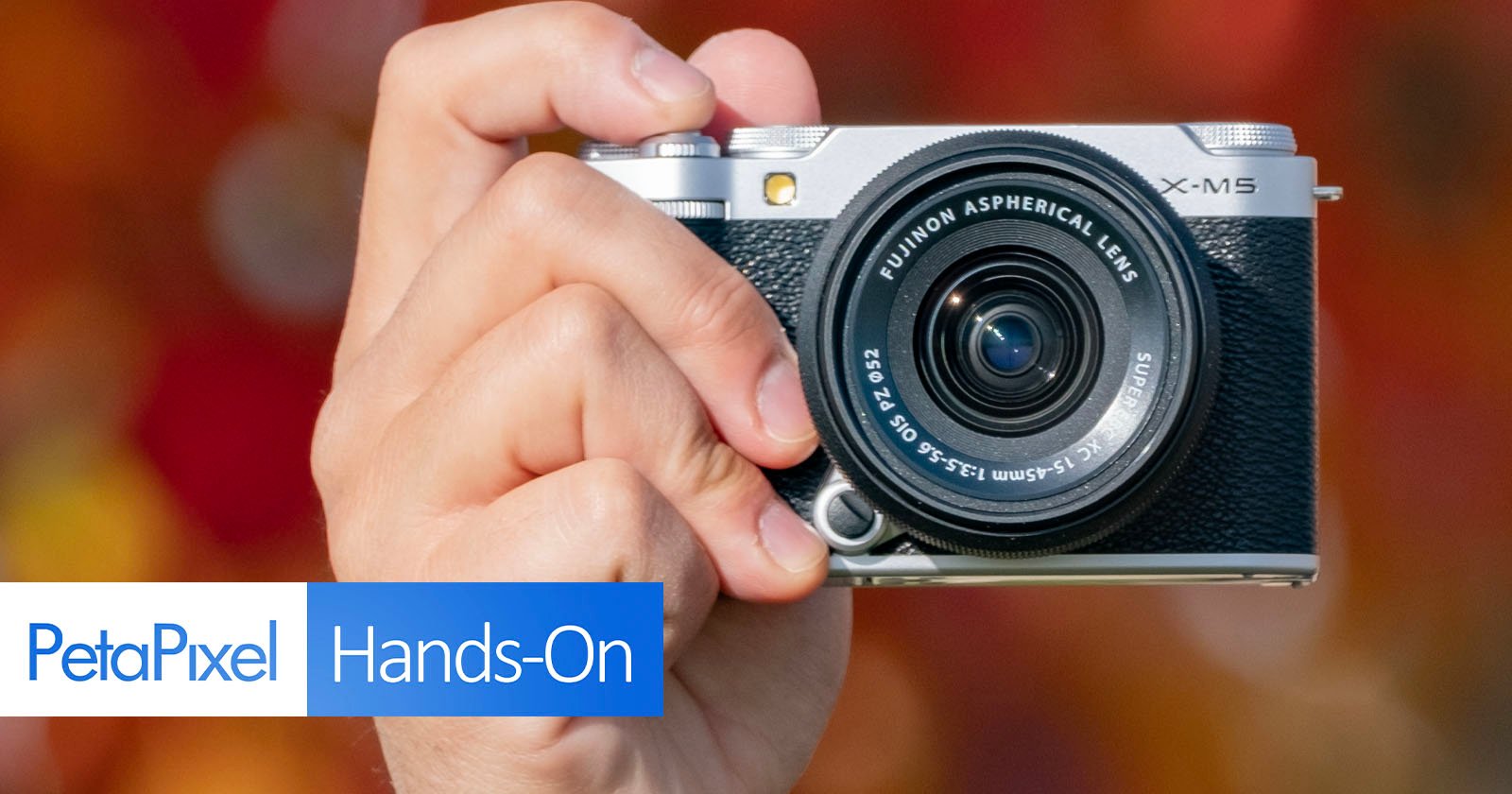
Fujifilm’s new entry-level X-M5 is very affordable and that is a good thing because mirrorless cameras are expensive. At a cursory glance, it feels like every smartphone and mirrorless camera nowadays is further and further beyond the reach of most people who are nonetheless enthusiastic about the art form.
Perhaps it always has been this way and the high prices we see today can be chalked up to things like inflation and the latest technology. Still, it doesn’t change the fact that more affordable cameras are essential for those who don’t need more advanced features or who don’t have the budget for them.
The challenge with any entry-level camera, though, is balancing how many features we can sacrifice while still having a usable and useful camera. At $800, the X-M5 seeks to answer this challenge and Fujifilm sent us a pre-production version to take for a spin. Unfortunately, we can’t do any qualitative testing at this point but I can certainly speak to the feature set it has and where it fits in the Fujifilm ecosystem.

Fujifilm X-M5 First Impressions Review: A Delightful Package
Two things come to mind when I hold the X-M5. Tastefully designed and pocket-sized. The classic chrome-on-black look is striking but for those who want a bit more of a subdued look, a full black option is coming next year. There is a subtle grip that works well enough and I like the fact that we get two command dials on an entry-level camera. The vintage styling –which Fujifilm is famous for — is alive and well in the design of the X-M5, right down to the threaded cable release incorporated into the shutter.
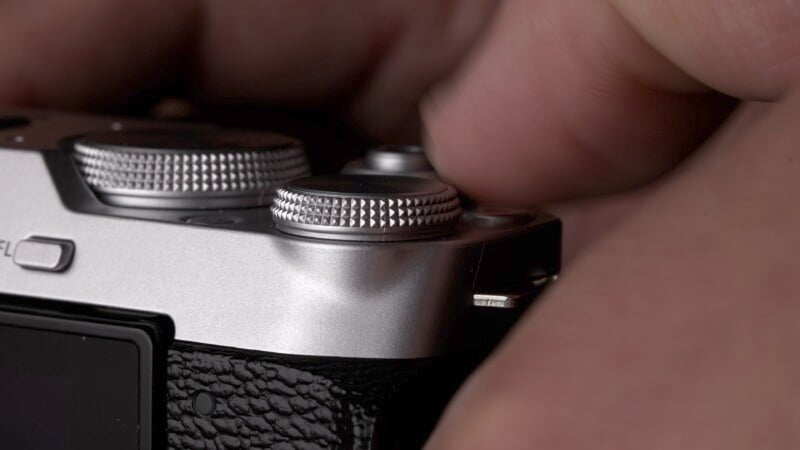
The front dial has a push-in function to allow control over aperture, ISO, and film simulations. However, I find that latter option to be redundant as we get a dedicated dial for Fujifilm film simulation modes just like on the X-T50. The rear dial is for exposure compensation and requires a stiff push to turn it. I appreciate this design which prevents the exposure from accidentally wandering.
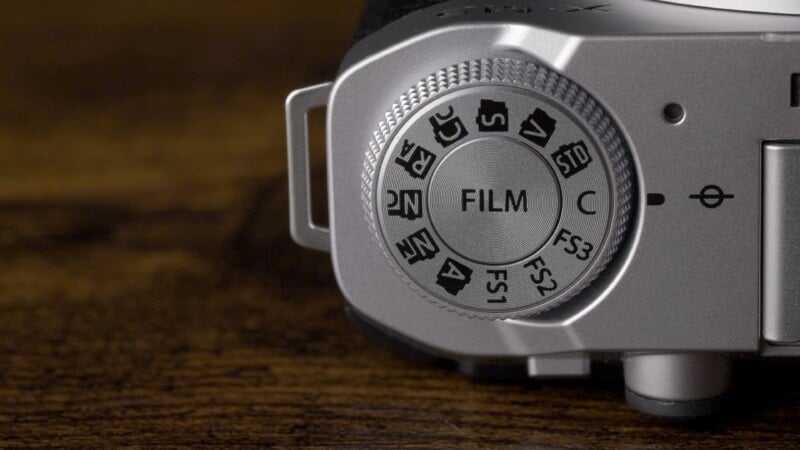
The rest of the camera has fairly minimal controls but there is an AF/AE lock button and a joystick to navigate menus and set autofocus points. Overall, I found the control scheme to be minimalistic but with enough customization and control to handle most situations. I expected the handling and control scheme to be worse than it was and I think most users will find the camera intuitive to use.
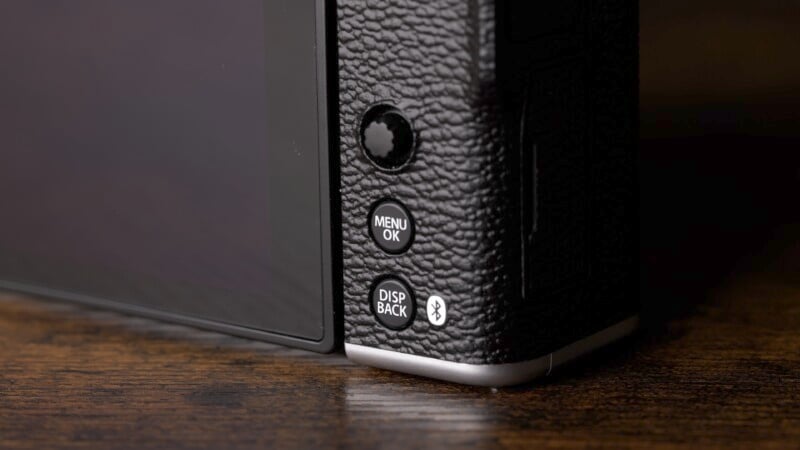
Fujifilm X-M5 First Impressions Review: The Tech is Better Than Expected
At the heart of the X-M5 lays the excellent 26-megapixel X-Trans sensor which is not only a great photo sensor but works well for video, too. I could not test the RAW image quality but I’m confident about the results because we have seen this sensor used many times before.


Also impressive is the inclusion of Fujifilm’s latest autofocusing algorithms and subject detection modes. The X-M5 focuses accurately and has the full suite of automatic detection modes for animals and vehicles. I found myself using the touch screen quite often to set my AF point but I like having the option of using the AF joystick as well, and this is a luxury normally missing from basic cameras.

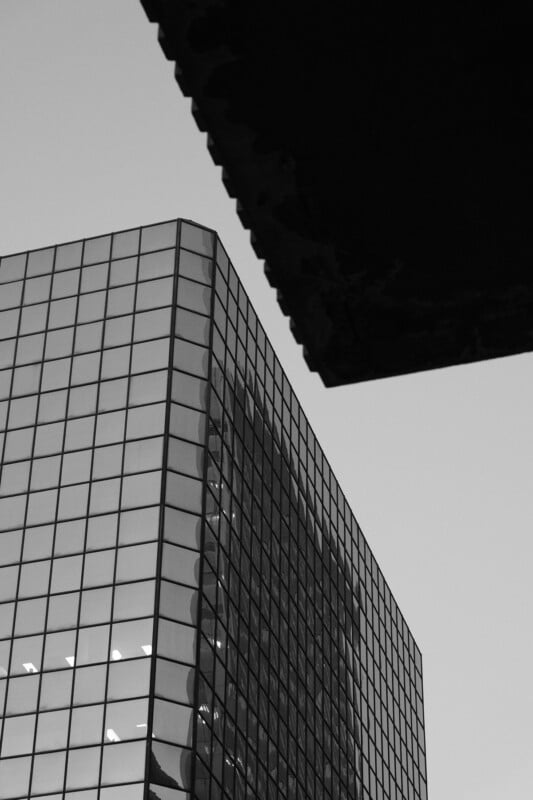
Battery life is CIPA rated around 330 shots which is par for the course and uses the classic W126 battery which existing users will have lying around already. The SD card slot is sadly only a UHS-1 speed and as such it takes a while to clear after bursts. Thankfully, the X-M5 has a fairly large buffer which allows for roughly four seconds of shooting at max quality, with a respectable eight frames per second burst rate.
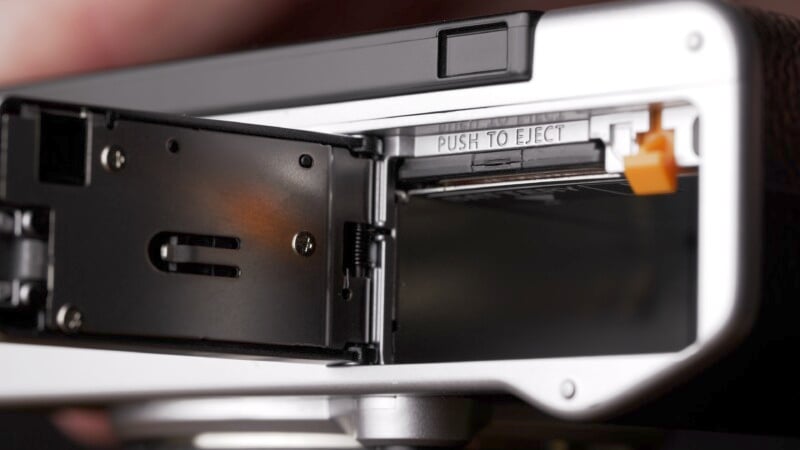
Where the X-M5 shows its affordable nature is in the lack of any IBIS built into the camera and no EVF to speak of either. These two factors are to be expected at this price and lacking in-body image stabilization is not the end of the world, as many Fujifilm lenses do have image stabilization. However, the lack of an EVF is further compounded by the rather poor LCD panel. It fully articulates but at only 1.04 million dots, it is not the clearest way of composing and it’s especially noticeable since it is your only option. My eyes aren’t getting any better and I have learned to appreciate good displays far more than I used to. I also had to crank the brightness to maximum to see the panel on sunny days which will hurt the battery life.
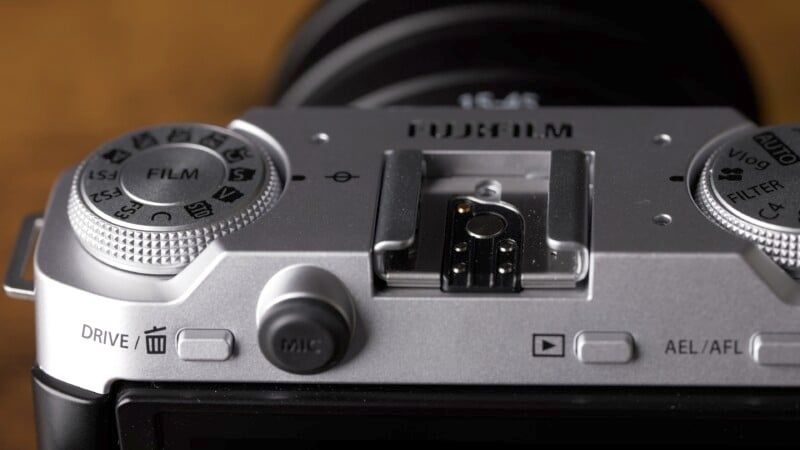
Fujifilm X-M5 First Impressions Review: Video Value Through the Roof
Video is where the X-M5 really shines. Fujifilm is giving a lot of features at a very decent price and it starts with the inclusion of both a headphone jack and mic jack. The X-M5 also gets some very powerful record modes starting with 6.2K open gate recording in 10-bit, which is quite rare to find at this entry-level price. We are basically also getting all the record modes from the Fujifilm X-S20 which includes 4K oversampled footage up to 30p and it can shoot 4K 60p with a fairly minor 1.18x crop. If you need to record for long periods of time, you can shoot a long-play mode which still has the 1.18x crop but should dramatically extend record limits and avoid overheating. There are two screw mount brackets to allow the attaching of the Fujifilm cooling-fan unit if overheating needs to be more acutely avoided with the intensive record modes.

There is a quick and handy vertical framing mode that lets you shoot 16:9 1080p footage vertically while keeping the camera in a horizontal orientation. This could be very useful to go from high-quality 6K recording to a quick short for social media without having to adjust the camera position. One weakness of the X-M5 is that, as mentioned, it lacks of any in-body image stabilization. Doing walking shots with the camera can therefore lead to some shaky-looking shots if you don’t use an optically stabilized lens. However, you can turn on the digital image stabilizer which imparts a hefty 1.32x crop factor but provides a good measure of stability.
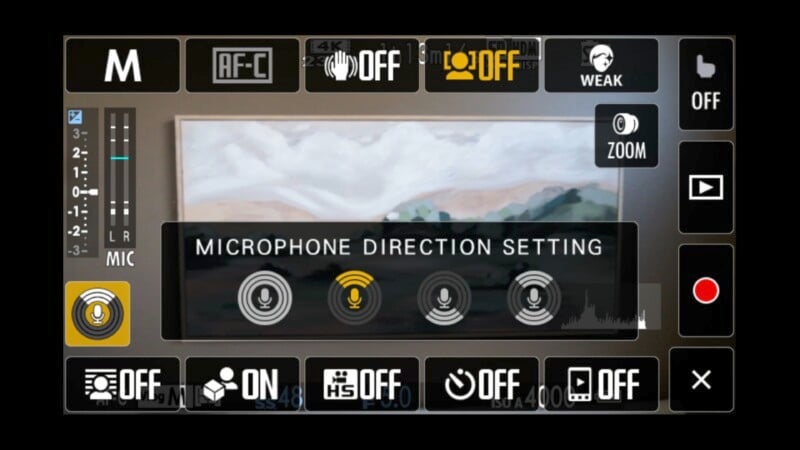
The X-M5 is clearly aimed at the vlogging crowd and has multiple internal microphones to try and enhance the sound recording capabilities of the cameras. You can now set the mics up to record omnidirectional sound from all angles or focus the mics toward the subject in front of or behind the camera as you see fit. There is also a mode to have sound from forward and behind, but without picking up sounds to the sides. I wouldn’t call the effect incredibly effective at covering sounds from areas that you might not want it, but the difference is coherent enough that it is worth setting when needed.

Fujifilm has also added a Vlog setting right on the mode dial which brings up a very handy series of touchscreen adjustments that are ideal when using the camera in selfie mode. Unlike many competitors’ Vlog settings which dumb things way down, the X-M5 gives you full access to most of your advanced record modes and settings, and also has the tools that beginners might appreciate having. There are settings that very obviously mimic Sony Vlog tools like a product priority mode which will adjust focus to a product held in front of the presenter or a mode to automatically use the shallowest depth of field possible to blur the background. Regardless of whether these modes are blatant rip-offs, the Fujifilm X-M5 can go toe-to-toe with the Sony ZV-E10 II for a lot less money.
Fujifilm X-M5 First Impressions Review: A Thoughtful Camera with Good Value
I’m impressed by how easy and pleasant the X-M5 is to use and how nice it looks on the shoulder. I do feel like it will please videographers and hybrid shooters more than it will photographers, but there is no denying the bang for the buck it represents. If you can live with no EVF and a rather pedestrian LCD panel, there is good value for the dollar to be had here.
If you are into vlogging and video production, Fujifilm has created a product with decent video quality and few omissions otherwise. The X-M5 brings a lot of value back to the creator on a budget and I for one am all for it.
creditSource link







